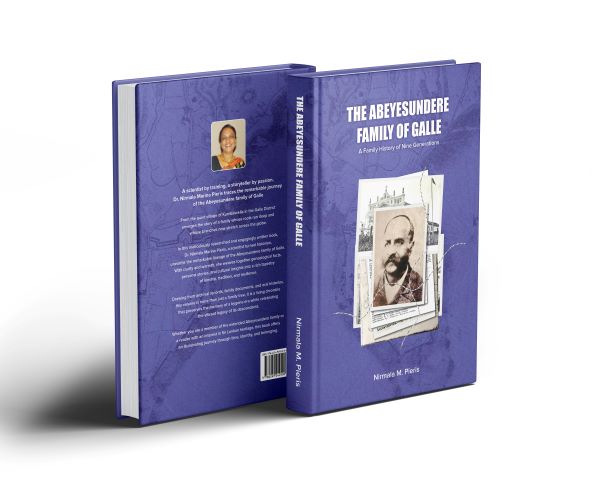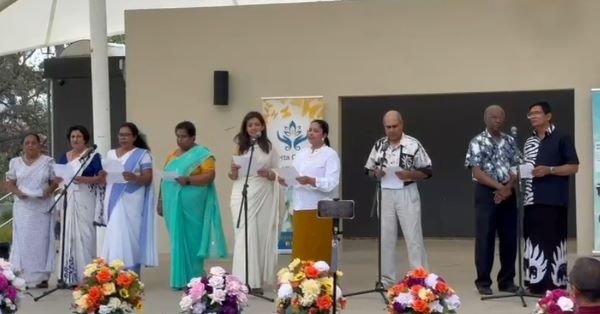Emerald Illusion: Tea, Rainforests, and Sri Lanka’s Disappearing Wilderness – by Bhanuka – eLanka

Sri Lanka, often described as the “Pearl of the Indian Ocean,” is a land of mesmerizing landscapes—from misty tea plantations and lush rainforests to cascading waterfalls and sunlit beaches. But beneath the emerald canopy lies a sobering truth: the nation’s biodiversity is quietly vanishing. Once blanketed by verdant rainforests teeming with endemic species, much of Sri Lanka’s natural world now faces threats from development, agriculture, climate change, and the legacy of colonial cultivation—especially tea.
A Land of Green Paradox
Drive through the hill country of Sri Lanka and you’ll witness endless green hills. To many tourists, these rolling tea estates look like unspoiled nature. But in reality, these are monoculture plantations that have replaced biodiverse rainforests over the last 150 years.
Introduced by the British in the mid-19th century, tea cultivation transformed Sri Lanka’s economy—and ecology. The central highlands, once dominated by Montane Cloud Forests, were cleared for tea plantations, robbing native species of their natural habitat.
Today, Sri Lanka is one of the world’s largest tea exporters. While this has supported livelihoods and national income, the ecological cost has been enormous.
The Rainforests That Remain
Despite widespread deforestation, Sri Lanka still boasts rainforests of global significance—such as Sinharaja Forest Reserve, a UNESCO World Heritage Site. Sinharaja, meaning “Lion Kingdom,” is a fragment of the country’s once-vast lowland rainforest. It’s a hotspot of endemism, home to over:
-
60% of Sri Lanka’s endemic trees,
-
50% of endemic mammals, and
-
nearly all of its endemic birds.
But Sinharaja is just a sliver of its former size, surrounded by villages and agriculture. Illegal logging, encroachment, and climate-related droughts are putting even this protected area at risk.
Other important rainforests include:
-
Knuckles Mountain Range – a blend of cloud forest and dry evergreen forest, rich in unique amphibians and orchids.
-
Kanneliya-Dediyagala-Nakiyadeniya (KDN) – another biodiversity reserve, with high levels of endemism and primary rainforest species.
Yet these pockets are not enough. Forest fragmentation isolates wildlife populations, leading to inbreeding, loss of genetic diversity, and local extinctions.
Where the Wild Roamed
Sri Lanka has one of the highest rates of biological endemism in Asia, and it’s considered a global biodiversity hotspot. The island is home to:
-
Sri Lankan Elephant (Elephas maximus maximus)
-
Sri Lankan Leopard (Panthera pardus kotiya)
-
Purple-faced Langur,
-
Slender Loris, and
-
over 400 bird species.
But this wildlife is increasingly trapped between shrinking forests and expanding human settlements. Conflicts between elephants and farmers, in particular, are escalating. Around 300 elephants and 80 people die each year due to human-elephant conflict.
Moreover, leopards are being poisoned, trapped, or run over, as they venture out of forests in search of prey. Even lesser-known species—like pangolins, fishing cats, and endemic amphibians—are quietly disappearing, without much public attention.
Tea: A Colonial Legacy With Modern Impact
Sri Lanka’s love affair with tea began in the 1860s when coffee plantations failed due to disease. The British then turned to tea, with James Taylor establishing the first tea estate in Loolecondera, near Kandy. By the early 20th century, tea had blanketed the central highlands.
But what made tea so profitable also made it ecologically dangerous:
-
It thrives in cool, elevated regions, previously occupied by rare montane forests.
-
It requires heavy pesticide use, affecting nearby waterways.
-
It encourages deforestation, soil erosion, and loss of habitat corridors.
And even though “green” tea estates look beautiful, they support far fewer species than native forests. They’re ecologically sterile compared to the biodiversity that once thrived there.
☁️ Climate Change and the Disappearing Cloud Forests
Sri Lanka’s montane cloud forests are among the most endangered ecosystems. These forests, found above 1000m elevation, capture moisture from mist and rain, feeding streams, rivers, and aquifers.
Climate change is disrupting this cycle. Rising temperatures and shifting rainfall patterns are:
-
Pushing cloud layers higher, reducing water capture,
-
Weakening stream flows during dry seasons, and
-
Threatening endemic flora and fauna, such as the Horton Plains Slender Loris or the Rhododendron arboreum subsp. zeylanicum.
Some scientists believe that within decades, Sri Lanka’s cloud forests may shrink drastically, replaced by dry grasslands or invasive species.
️ Conservation: Hope Amidst Crisis
Despite these challenges, Sri Lanka’s conservation community is active and determined. Organizations like the Department of Wildlife Conservation, Forest Department, and NGOs like The Wilderness and Wildlife Conservation Trust (WWCT) are working to:
-
Expand protected areas and ecological corridors.
-
Implement sustainable land-use policies.
-
Engage local communities in eco-tourism and forest restoration.
-
Conduct wildlife monitoring using camera traps and GPS tagging.
The concept of buffer zones, especially around places like Sinharaja, has helped reduce illegal activity. Likewise, eco-tourism programs provide alternative incomes to communities who might otherwise depend on logging or hunting.
Some tea companies are also adapting, using organic farming methods, shade-grown tea, and even reforestation in estate margins. Yet, these are still exceptions, not the rule.
Global Recognition, Local Action
Internationally, Sri Lanka is recognized for its natural wealth. It has hosted conservation summits, received UN biodiversity grants, and featured in global wildlife documentaries. But awards don’t protect forests—people do.
Education, enforcement, and empowerment are the keys to reversing biodiversity loss. Especially in schools and villages near forests, awareness campaigns have helped young people become stewards of nature.
Conclusion: A Vanishing Green
Sri Lanka’s lush green hills are an illusion of abundance. What looks like unspoiled nature is often a monoculture that replaced a thriving, ancient wilderness.
But hope is not lost.
If protected wisely, Sri Lanka can still be a model for biodiversity conservation in the developing world. Its forests, mountains, and rivers are not just tourist attractions—they are living systems that sustain agriculture, regulate climate, and nurture heritage.
The call now is urgent: to honor the wild, not just the green.
Let Sri Lanka’s future not be a museum of what once was, but a sanctuary for what still is.






















